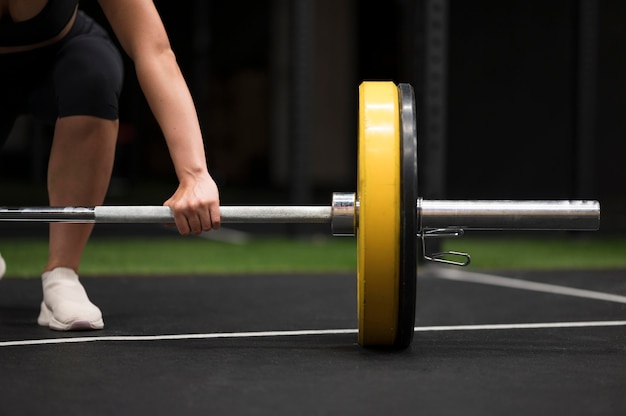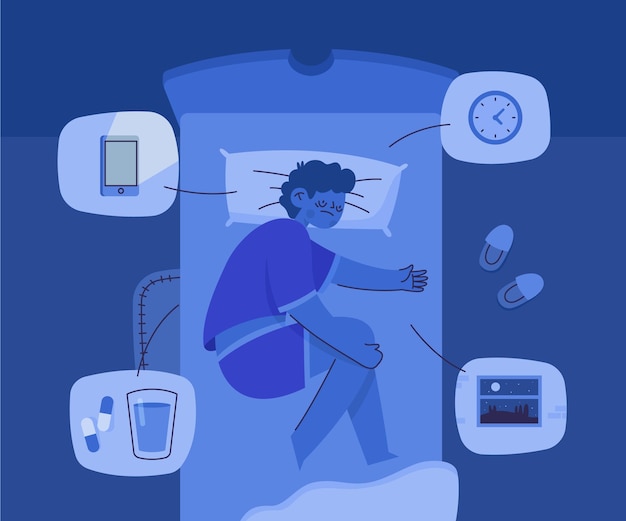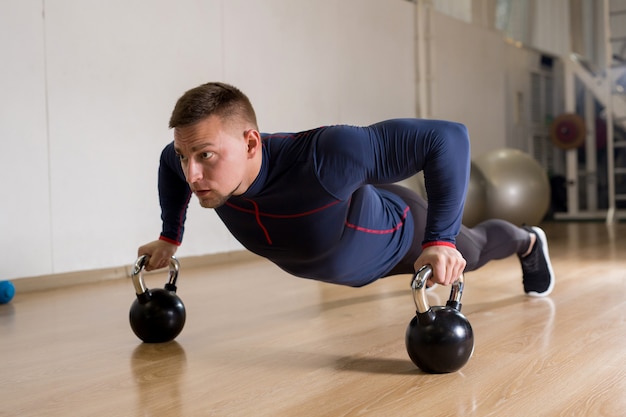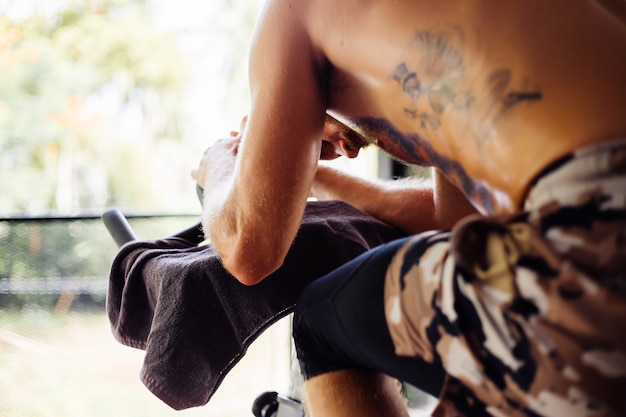Olympic weightlifting—often called "Oly lifting"—is one of the most effective ways to build explosive strength, power, and full-body fitness. While it may seem intimidating, you don’t need hours in the gym to see results. With just 25 minutes a day, you can build a sustainable routine that delivers measurable progress—especially when paired with smart recovery and sleep habits.
Olympic lifting includes two core movements: the snatch and the clean and jerk. These compound lifts engage nearly every muscle group, improve neuromuscular coordination, and boost metabolic rate. Research shows Olympic-style lifting develops power more effectively than traditional strength training or cardio alone.
Even if you're new to fitness or coming from a cardio or yoga background, Olympic lifting can be adapted to your level. The key is consistency, proper form, and progressive overload—all achievable in short, focused sessions.

Time efficiency is crucial. Here’s a science-backed structure for your daily 25-minute session:
Stick to 4–5 sessions per week. This frequency ensures neuromuscular adaptation without overtraining.
Begin with bodyweight or light dumbbells to master form. Many beginners rush into heavy weights, increasing injury risk. Instead, prioritize movement quality. Use video recording or mirrors to self-assess.
Consistency beats intensity. Even on low-energy days, show up for your 25 minutes. A short session maintains momentum and reinforces habit formation. Track your workouts in a journal or app—recording sets, reps, and how you felt.
Progress isn’t just about lifting heavier. Track these weekly metrics:
Weekly reviews help you adjust volume, rest, or technique. If progress stalls, consider deloading or refining form before adding weight.
No fitness plan works without recovery. Olympic lifting stresses the central nervous system (CNS) and muscles. To adapt and grow stronger, your body needs rest.
Aim for 7–9 hours of quality sleep nightly. During deep sleep, your body releases growth hormone, repairs tissues, and consolidates motor skills—critical for mastering complex lifts.
Support recovery with:

Starting Olympic lifting doesn’t require a gym membership or coach—though feedback helps. Use online tutorials from certified trainers to refine technique. Many fitness apps offer structured 4–6 week beginner programs.
Remember: progress is non-linear. Some weeks you’ll feel stronger; others, you’ll plateau. Trust the process. With daily 25-minute sessions, weekly tracking, and smart recovery, you’ll build strength, power, and confidence—no matter your age or fitness level.
It’s never too late to start. Just begin, stay consistent, and let your results speak for themselves.

Fitness

Fitness

Fitness

Fitness

Fitness

Fitness

Fitness

Fitness

Fitness

Fitness

Fitness

Fitness

Health

Fitness

Health

Health